A recent report on oil and gas production in the San Juan Basin in northwest New Mexico projects mixed futures for the fossil fuel industry over the coming 30 years. The report, commissioned by the Bureau of Land Management’s field office in Farmington, also says that up to 1,200 new oil and gas wells could be drilled in the region over that time frame. The report’s production numbers are a far cry from recent peaks, and well below the expectations of earlier reports for the region.
The Bureau released the “Reasonably Foreseeable Development Scenario” in mid-July for New Mexico’s second, smaller oil and gas basin. (The Permian Basin, in the opposite, southeast corner of the state, is both New Mexico’s and the nation’s largest.) The base outlook for the two fuels differ, with natural gas production continuing its current, years-long decline, while oil production rises slightly over the next 20 years before tanking.
Both scenarios are based on current production levels, and the report does not predict dramatic increases, mainly because there isn’t much left to produce.
“Analysis indicates the past major gas plays are mostly depleted … Any recent activity and projected future work are considered maintenance of existing resources,” the report reads.
Even so, up to 500 new gas wells could be drilled over the next 30 years, mostly on land just west of the Jicarilla Apache Nation Indian Reservation along New Mexico’s border with Colorado. But that gas will not stop the overall production decline in the region, according to the report.
Allison Sandoval, a spokesperson for the Bureau of Land Management, said that “Reasonably Foreseeable Development Scenario” reports are not mandatory, but are usually issued on a 20-year cycle. The last version was in 2018, meaning this year’s edition came much sooner than is customary. The 2018 report took into account advances in horizontal drilling — also known as fracking — that spiked in preceding years and weren’t factored into an earlier 2001 iteration. Fracking changed how wells were drilled, increased the number drilled on a single site and dramatically increased how much oil and gas could be produced from a single well.
Though only seven years apart, the 2025 report differs sharply from the earlier version in terms of expected well drilling. The older report predicted 3,200 new oil and gas wells in the Bureau’s Farmington Division area over 30 years in its baseline scenario. Records from the New Mexico Oil Conservation Division, which tracks all oil and gas development across the state, show 319 wells drilled from 2018 to the present. Adding that number to the latest report’s expected 1,200 new wells brings the total to 1,519 wells, less than half the number predicted seven years ago.
The 2025 report also notes that actual gas production in the previous seven years was nearly twice what was predicted in the 2018 report, and produced water was massively larger, with 5 million barrels projected but 172 million barrels actually produced. Produced water is a growing problem in New Mexico, spurring clashes between well operators and local residents over what to do with the briny and often chemically toxic waste water.
The bureau contracted Thomas Engler, a professor of natural gas and petroleum engineering at the New Mexico Institute of Mining and Technology in Socorro, New Mexico, to compile the report, and he said it is the result of a year’s work.
Engler said there is a possibility for gas production to quickly increase in the short term. “Many factors must align for this to occur, but it does illustrate the strength of the basin remains in gas production,” he said. For such an increase to happen, gas prices would have to rise sharply and producers would have to drill a lot of wells in a short timeframe. Natural gas prices have fallen since President Donald Trump began his second term, however, after rising under President Joe Biden. Gas prices were historically low during Trump’s first term as well.
“The increase in oil production predicted in this report is minor,” Engler said. An uptick in drilling in the so-called checkerboard region of federal, private and Navajo trust land just north of Chaco Culture National Park could add 700 new wells and provide slow growth over the next two decades. The report sees “declining oil production from all other sources.”
Engler said, “This is not surprising as the San Juan Basin has always been known more as a gas-bearing basin than oil.”
The report says the new oil production near Chaco Park would be “infill” that targets spaces between current wells rather than new development on untouched acreage. That detail is important because the park and much of the surrounding landscape is sacred to the Navajo and other surrounding Native American tribes.
Current New Mexico gubernatorial candidate Deb Haaland, a member of the neighboring Laguna Pueblo tribe, instituted a ban on oil or gas development within a 10-mile buffer zone around the park in 2023 when she was secretary of the Department of the Interior. Many Navajo own land in the surrounding checkerboard region and receive royalties from oil and gas produced on their property. That has led to protesters converging on the highly contentious location in the past, with local Navajo people both strongly for and against the buffer zone or any industrial development in the area.
For years,Mario Atencio(who is Diné, as the Navajo call themselves) has led efforts against further oil and gas development on tribal lands around Chaco Park. His family has land near the park, and in 2019, an accident at a neighboring well dumped 1,400 barrels of fracking chemicals and crude oil into a stream that runs across their property. “The entire landscape is a highly sacred place and is where the Diné, as a people, emerged spiritually, culturally and socially,” he said.
“The decades of development have left a legacy of toxic waste,” Atencio said. “These waste streams, like the spilling of the toxic oil drilling aqueous waste on my family’s lands, will have long-term impacts on the health and wellness of current and future generations.”
This legacy is a reflection of “how settler-colonialism transforms landscapes from sacred motherscapes to industrialized wastelands,” he said.
Mike Eisenfeld, energy and climate program manager for the San Juan Citizens Alliance, a regional environmental watchdog group, said the report reflects “a very poor future for oil and gas in this area.” Eisenfeld, who lives in Farmington, has argued for years that the oil and gas industry in the region was destined for decline and that local governments and the Bureau of Land Management should plan for that change.
Missi Courrier, president and CEO of the New Mexico Oil and Gas Association, the state’s largest industry group, noted the state’s overall energy dominance and said, “Markets change, industries evolve, and operators respond constantly to those changing demands. The report offers a point of reference, but it’s not a definitive roadmap.”
Sandoval, the Bureau of Land Management spokesperson, said this latest report was launched after the Farmington field office scrapped an update to a long-range Resource Management Plan in December 2023 that had been 10 years in the works. That plan would have directed how the Farmington district office planned and managed oil and gas development on lands under its control. Scrapping that plan left both environmental and industry groups confused and angry with the bureau after years of public hearings, comments and legal wrangling — all of which was thrown out the window.
“It’s incumbent on the BLM to figure out what they’re doing,” Eisenfeld said. After years of promoting fossil fuel development in the area, it appears that the regional focus of the Bureau of Land Management will be shifting — but without the Resource Management Plan, it’s not clear how. “I would argue they are in a reclamation mode,” he said, and he thinks the big question will become, “How do you reclaim the landscape” after more than a century of fossil fuel development?
Atencio offered a curt assessment.
“Drilling in a landscape that already has leased over 90% of reasonably saleable fluid and gas minerals is an incredibly dumb investment idea,” he said. “The big multinational operators have all pulled up stakes in the San Juan Basin. They are smart and this new [‘Reasonably Foreseeable Development Scenario’] is clear that the San Juan Basin, as a carbon energy sacrifice zone, is coming to an end.”
Sandoval said, “The economy of the four corners area has historically relied heavily on the oil and gas industry. A decline in production could result in job losses in the energy sector and a reduction in local and state revenue.” The Bureau also manages other mineral development, recreation, grazing and timber on lands in the district, and Sandoval said, “The BLM does not expect any major changes to these economic drivers based on the new [study].”
Copyright 2025 Capital & Main

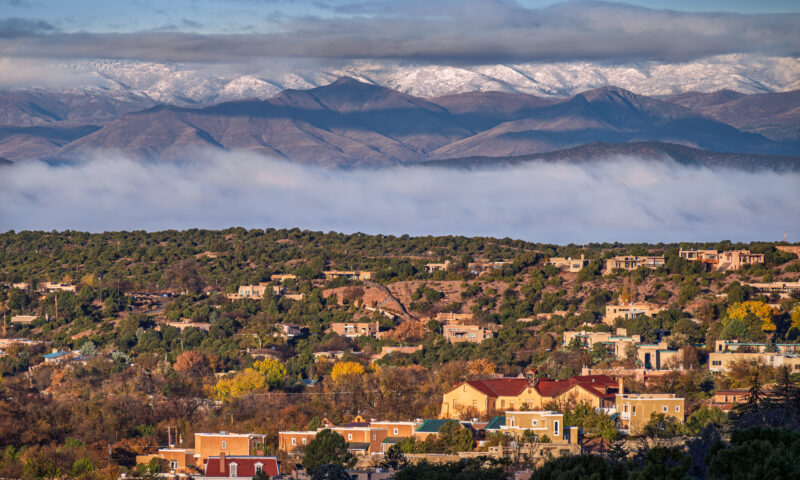
 Column - State of InequalityNovember 28, 2025
Column - State of InequalityNovember 28, 2025
 Striking BackDecember 4, 2025
Striking BackDecember 4, 2025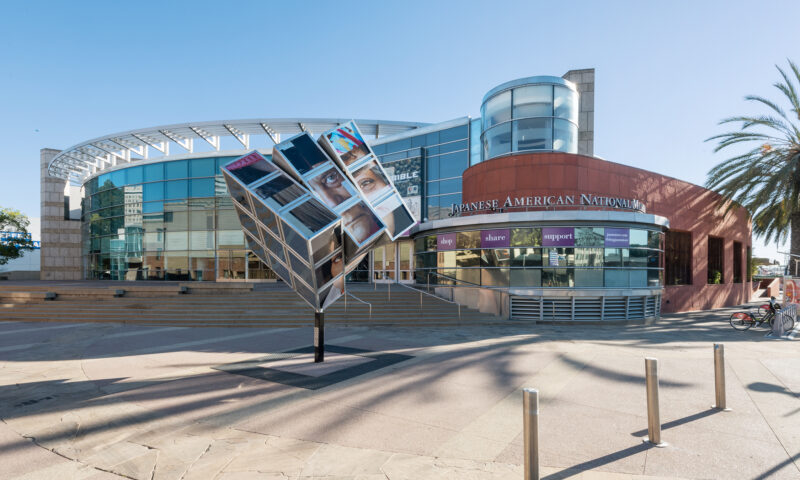
 Latest NewsDecember 8, 2025
Latest NewsDecember 8, 2025
 Latest NewsNovember 26, 2025
Latest NewsNovember 26, 2025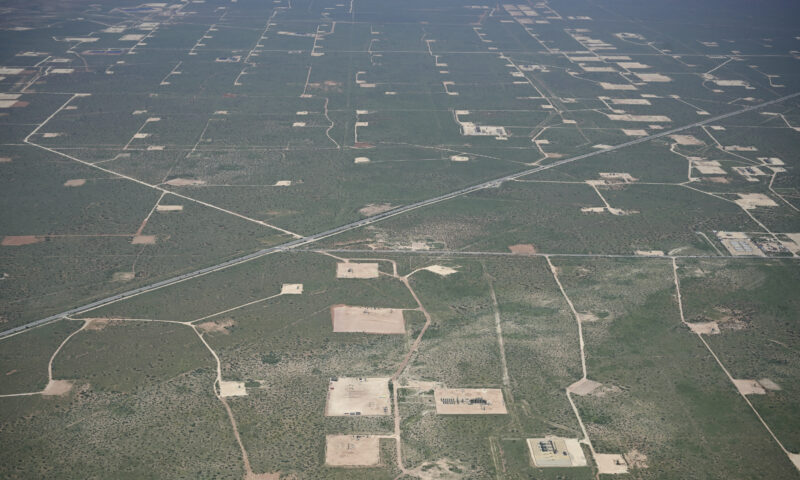
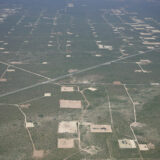 The SlickDecember 2, 2025
The SlickDecember 2, 2025
 Latest NewsDecember 1, 2025
Latest NewsDecember 1, 2025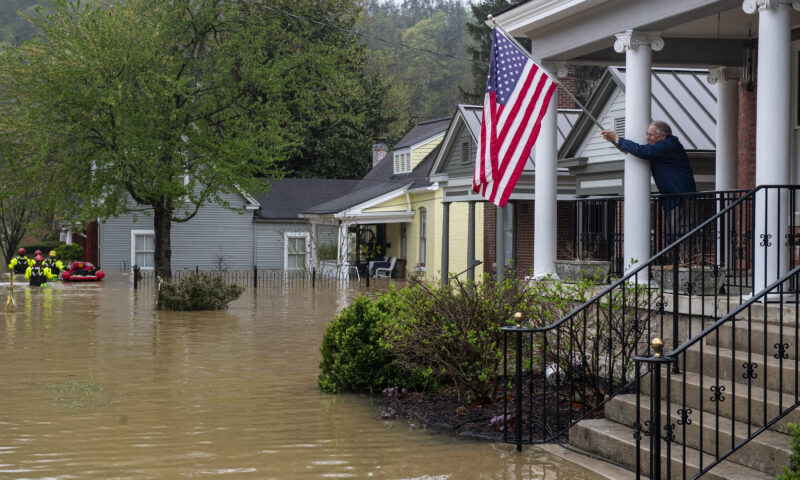
 Dirty MoneyDecember 3, 2025
Dirty MoneyDecember 3, 2025
 Child FarmworkersDecember 5, 2025
Child FarmworkersDecember 5, 2025

